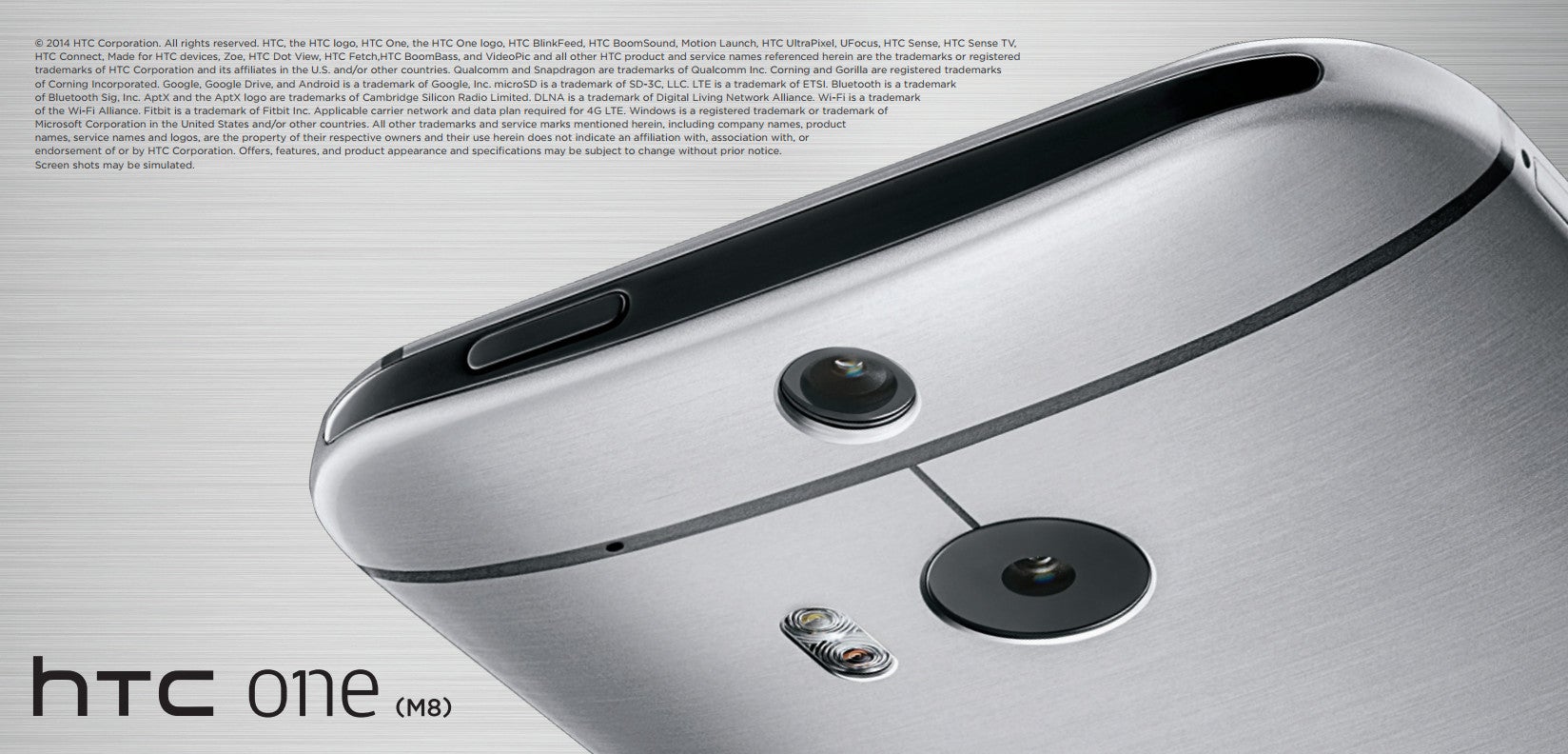More details about HTC One (M8) Duo camera surface

What’s even more fascinating, though, is that Anand found out what the secondary camera (the one on the top) in the ‘Duo’ setup is. It turns out that HTC is using the front facing camera sensor from the HTC One (M7) as a depth camera in the M8. The same 2.1-megapixel OmniVision OV2722 1.4µm, 1/5.8" sensor sits right atop the main ‘UltraPixel’ module.
Digging further, it is revealed that pictures captured with the ‘Duo’ cameras turn out 60% larger than images shot on just the UltraPixel camera alone. Anand theorizes that this is due to the fact that the second camera captures not just depth information, but also a stealth image used for the effects (we are saying stealth since it is not something that can be seen in the gallery app). Moreover, estimations are that 40% of that additional image information comes from the image shot on the secondary camera and the remaining 60% - from depth information, again captured from the secondary camera.
Finally, it’s worth mentioning that the secondary camera in the Duo camera setup does not always work. In very low-lit conditions, as well as in macro photography, the secondary camera just won’t fire - you will still get a picture, but just from the main UltraPixel camera. All in all, this adds even more clarity to the new camera technology used in the HTC One (M8). You can take a look at our Duo camera samples below: how do you like what you see?
source: AnandTech










Things that are NOT allowed: